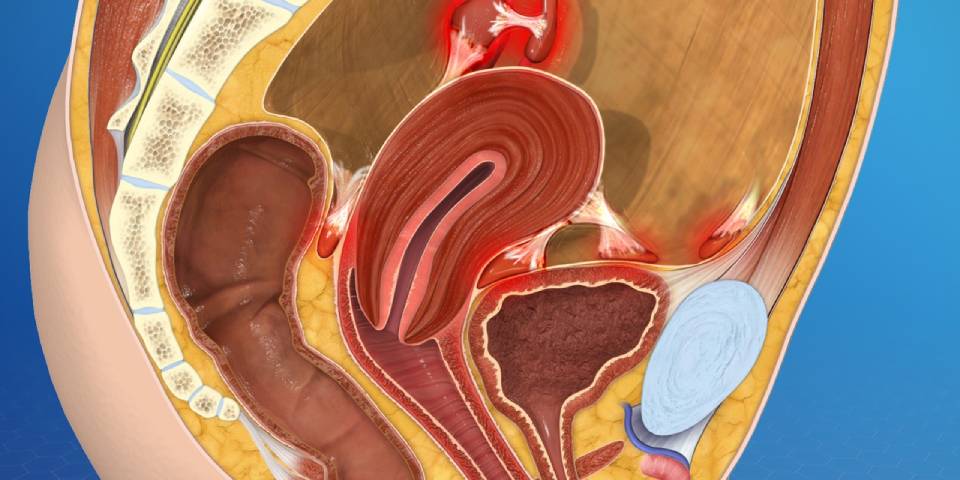Millions of females experience irritating period side effects. And you may think that you’re someone who happens to experience especially bad ones. Endometriosis is a condition where tissue that appears similar to the uterine lining (endometrial tissue) grows outside of the uterus and in other areas of the pelvis, such as the ovaries and pelvic walls, causing painful side effects, like extreme pelvic pain, irregular menstrual bleeding and pain during intercourse.
Although an estimated 10% of women of childbearing age are diagnosed with endometriosis, there are as yet numerous misunderstandings out there. Dr. Shraddha Galgali offers services in the Best Maternity Clinic in Punawale, Pune, and specializes in unique gynecological conditions. She recently helped us identify 7 endometriosis myths and provided the facts for each.
7 Myths vs Facts about Endometriosis:
Myth 1: Endometriosis is a rare condition.
Fact: Endometriosis is fairly common, but often undiagnosed.
Endometriosis signs are often dismissed as part of a typical period, with most women waiting an estimated seven years before a proper diagnosis. Up to 10% of women may have endometriosis, and it can also impact transgender men, even if on testosterone therapy.
Myth 2: Endometriosis is just a really bad period.
Fact: Endometriosis is a pelvic disorder that can impact your health.
The most typical signs of endometriosis include pain with periods, pain with sex or bowel movements, and irregular bleeding. While many women are told that these are “normal” period signs, extreme pain or other persistent bothersome signs like these can indicate an underlying illness like endometriosis. They should be considered by a gynecologist.
Myth 3: Endometriosis doesn't affect your chances of getting pregnant.
Fact: Endometriosis can cause infertility.
Almost 50% of women experiencing infertility may have endometriosis. Endometriosis can generate an inflammatory response, causing difficult scar tissue.
Myth 4: Endometriosis can't be fixed.
Fact: Surgery can help alleviate symptoms.
Endometriosis is a treatable condition, with the diagnosis made by laparoscopic surgery. Laparoscopic surgery is a minimally intrusive option that uses a small camera to decide if endometrial lesions are current and allows the surgeon to safely remove any visible endometriosis. There are also a variety of therapy options that can help endometriosis signs, including birth control, progesterone IUDs or anti-inflammatory medicines.
Myth 5: Hysterectomy is a Guaranteed Cure
Fact: A hysterectomy, or the removal of the uterus, is not a guaranteed cure for endometriosis. Since endometriosis includes tissue outside the uterus, removing the uterus does not address the root of the issue. Endometrial-like tissue can continue to cause pain and symptoms even after a hysterectomy.
Myth 6: Endometriosis is Always Visible on Ultrasound or MRI
Fact: Endometriosis often cannot be detected with standard imaging tests like ultrasounds or MRIs. The gold standard for diagnosis is laparoscopy, a surgical process that allows doctors to view and biopsy endometrial tissue directly. Many women go undiagnosed for years because their indications are not visible on imaging tests.
Myth 7: Hormonal Therapies Cure Endometriosis
Fact: Hormonal treatments can help manage the signs of endometriosis, but they do not cure the condition. These therapies work by reducing or stopping menstruation, which can lessen the growth of endometrial tissue and alleviate pain. However, signs often return once therapy stops.
If you or someone you know is struggling with pelvic pain, it’s important to address your concerns. Don’t hesitate to See Dr. Shraddha Galgali. Do make an appointment with the Best Gynecologist in Wakad at a center nearest to you. Consult with Dr. Shraddha Galgali who will carry out the needed investigations, diagnose the issue, and advise the most suitable therapy, enabling you to lead an active life.

